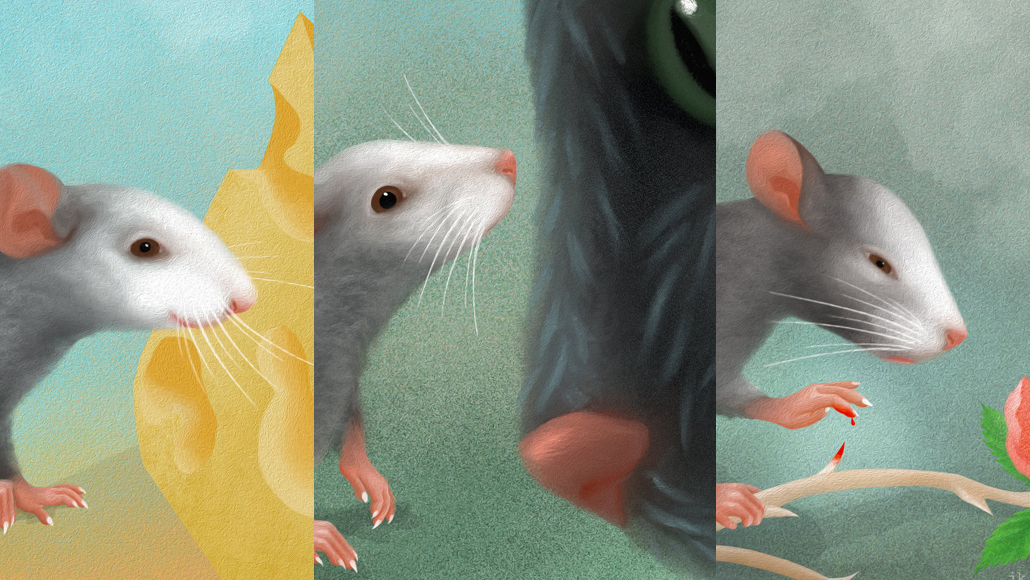Mice’s facial expressions can reveal a wide range of emotions
A machine learning approach reveals subtle ear, nose and whisker movements

Subtle movement in ears, whiskers and noses can signal mice’s feelings of pleasure, fear and pain, researchers find.
J. Kuhl/Max Planck Institute of Neurobiology






